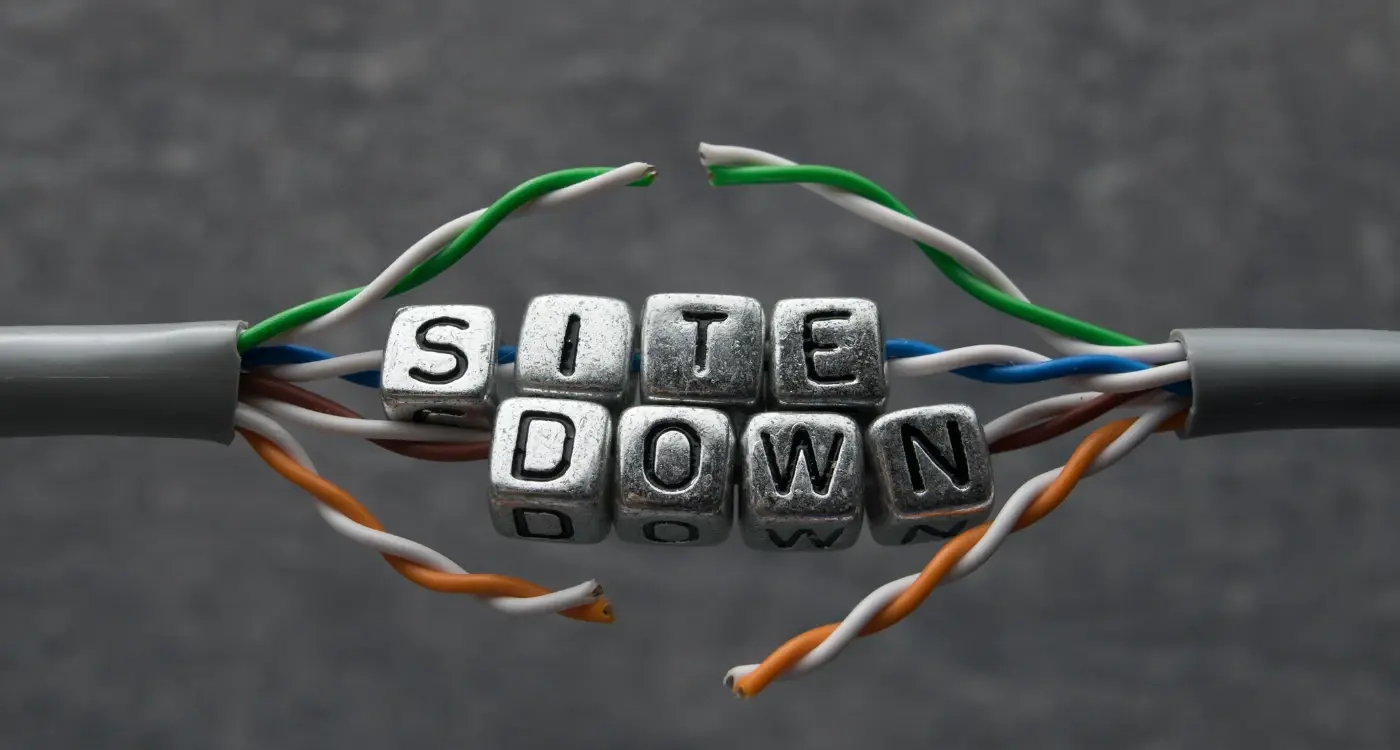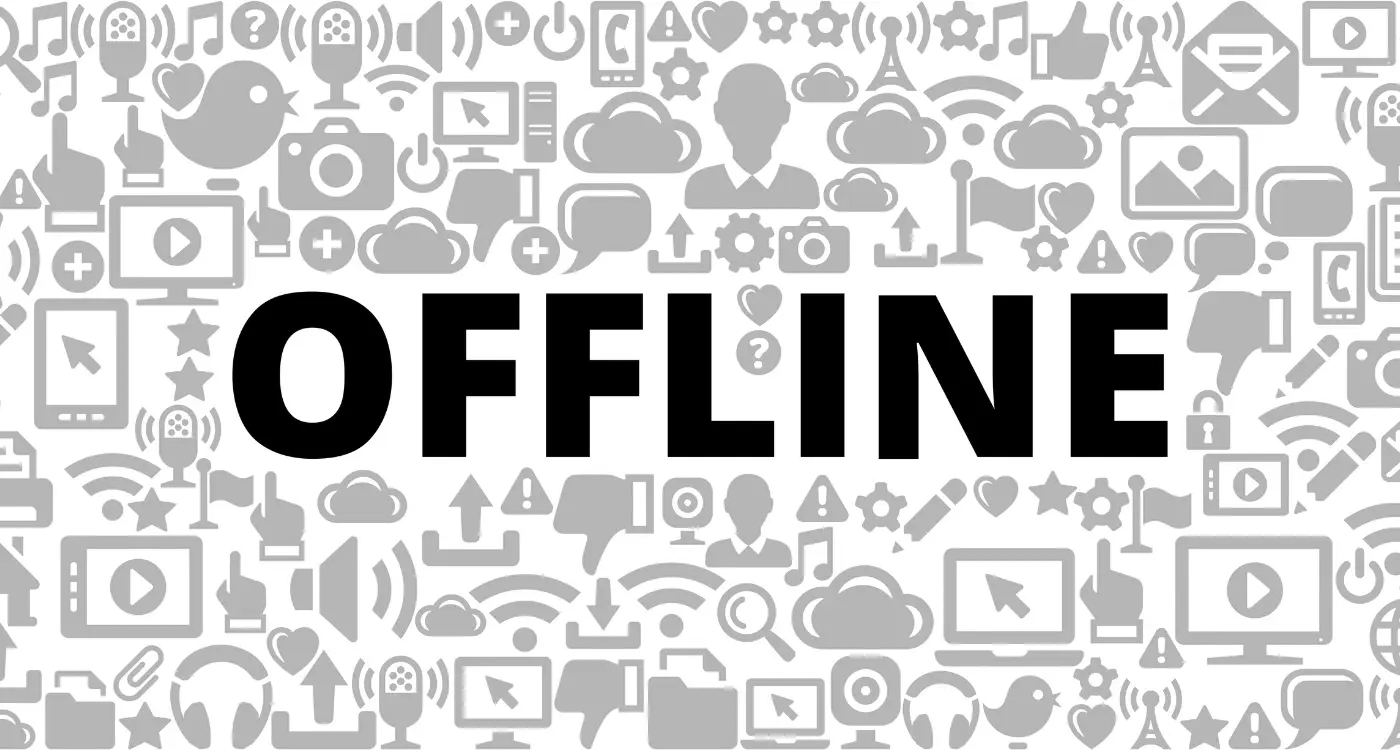How Do I Handle Last-Minute Event Changes And Cancellations In My App?
Have you ever wondered what happens when everything goes wrong with your event app at the worst possible moment? I've been working with event organisers for years now, and let me tell you—last-minute changes and cancellations are not a matter of if, but when. Weather disasters strike, speakers fall ill, venues flood, and suddenly your perfectly planned event needs major changes with just hours to spare.
The harsh reality is that most event apps simply aren't built to handle crisis management properly. They're designed for the happy path—when everything goes according to plan. But real life doesn't work that way, does it? I've watched organisers scramble to update static schedules, send desperate emails to attendees, and deal with frustrated users who can't find the information they need.
The difference between a good event app and a great one isn't how it works when everything goes smoothly—it's how it performs when everything falls apart
That's exactly what we're going to tackle in this guide. We'll explore how to build event systems that bend without breaking, communicate changes that actually reach your audience, and turn potential disasters into manageable hiccups. Trust me, your future self will thank you for getting this right from the start.
Understanding When Things Go Wrong
I've been in this business long enough to know that events will change—it's not a question of if, but when. Weather happens, speakers get sick, venues double-book themselves, and sometimes the whole world just decides to throw you a curveball. The apps I've worked on have dealt with everything from last-minute football match postponements to entire festivals being moved due to flooding.
What really matters isn't preventing these changes (because you can't), but understanding the ripple effect they create in your app. When an event shifts or gets cancelled, you're not just updating one piece of information—you're potentially affecting ticket holders, vendors, staff schedules, and anyone who's made plans around your event.
The Most Common Event Disruptions
- Weather-related cancellations or venue changes
- Speaker or performer availability issues
- Venue problems like double-bookings or technical failures
- Health and safety concerns
- Low ticket sales forcing postponements
- Supply chain issues affecting vendors or equipment
The key thing to remember is that each type of change requires different handling. A simple time change needs quick communication, whilst a full cancellation means dealing with refunds, disappointed users, and potentially some very unhappy reviews. Your app needs to be ready for all of these scenarios before they happen.
Building Flexible Event Systems
After years of building event apps—and watching some spectacular failures along the way—I can tell you that flexibility isn't just nice to have, it's absolutely necessary. The apps that survive last-minute changes and cancellations are the ones built with adaptability baked right into their core systems from day one.
Think of your event system like building blocks that can be rearranged quickly. Every piece of event data should live separately so you can update one part without breaking everything else. When a speaker drops out or a venue changes, you don't want your entire schedule falling apart!
Core Components of Flexible Systems
Your event architecture needs these key elements working independently:
- Modular event data that updates in real-time
- User notification systems that can reach people instantly
- Backup content ready to fill gaps
- Quick approval workflows for emergency changes
- Automated rollback options if something goes wrong
Build your event system so that any team member can make urgent updates without needing a developer. Crisis management happens fast, and you can't wait for technical support.
Planning for the Unexpected
I always tell clients to design for disaster scenarios during the planning phase. What happens if your keynote speaker gets stuck in traffic? What if the venue loses power? Your system should handle these situations gracefully, not crash and burn when things don't go to plan.
Communicating Changes Effectively
When something goes wrong with your event, how you tell people about it can make or break their trust in your app. I've seen apps lose thousands of users overnight because they handled communication poorly—and I've also seen apps turn disasters into opportunities by getting their messaging right.
The golden rule is simple: tell people as soon as you know something. Don't wait until you have all the details sorted. Users would rather hear "We're having technical difficulties and we're working on it" than radio silence for hours. That waiting game just makes people angry and they start making up their own stories about what's happening.
Choose Your Communication Channels Wisely
Not all communication methods work the same way. Push notifications grab attention fast but they're short; in-app banners can show more detail but only reach active users; emails give you space to explain properly but people might not check them straight away.
- Push notifications for urgent changes that affect everyone
- In-app banners for detailed explanations and next steps
- Email for follow-up information and apologies
- Social media for public updates when issues are widespread
Your tone matters too. Be honest, take responsibility, and focus on what you're doing to fix things rather than making excuses. People appreciate transparency—they know things go wrong sometimes, but they want to feel like you care about making it right.
Managing User Expectations
I've learnt over the years that users don't mind event changes nearly as much as they mind being surprised by them. The real problem isn't the cancellation itself—it's finding out about it at the wrong time or in the wrong way. When building event apps, I always tell clients that expectation management is just as important as the technical bits.
Your users need to understand what might happen before it actually happens. This means being upfront about your cancellation policy right from the start. Don't hide it in tiny text at the bottom of your terms and conditions where nobody will read it. Put it somewhere visible during the booking process so people know what they're signing up for.
Setting Clear Boundaries
The best event apps I've worked on always include a simple explanation of what users can expect if things go wrong. Will they get a full refund? Store credit? A rescheduled date? Being transparent about this stuff builds trust and reduces angry complaints later.
Clear communication prevents 90% of user frustration during event crises
Creating Realistic Timelines
Don't promise instant updates if you can't deliver them. Tell users how long they should expect to wait for refunds, how far in advance you'll notify them of changes, and what communication channels you'll use. When people know what to expect, they're far more patient when things don't go perfectly to plan.
Technical Solutions For Quick Updates
When I'm building event apps these days, I always make sure the technical foundation can handle rapid changes—and trust me, you'll need it more often than you think! The backbone of any good event management system is real-time data synchronisation; this means when you update something on your admin panel, every user sees the change immediately without having to refresh or restart their app.
Push Notifications That Actually Work
Push notifications are your best friend for urgent updates, but they need to be smart about it. I usually set up different notification channels—one for cancellations, another for time changes, and a separate one for venue updates. This way users can choose what they want to be alerted about instantly. The key is making sure these notifications trigger automatically when changes happen in your system, not relying on someone to remember to send them manually.
Admin Tools That Don't Require a Computer Science Degree
Your event organisers need an admin interface they can use from their phone whilst standing in a muddy field at 2am. I've built systems where a single toggle can cancel an event and automatically notify attendees, update the schedule, and trigger refund processes. The simpler you make it for your admin users, the faster they can respond to problems—and the happier your app users will be.
Learning From Event Disasters
I've witnessed some spectacular event failures over the years—apps crashing during major launches, whole festivals cancelled with zero notice, and systems going down right when people needed them most. These disasters aren't just embarrassing; they're goldmines of learning opportunities for crisis management.
The biggest lesson? Most event disasters aren't actually about the technology failing. They're about poor planning and communication breakdowns. When a major music festival app I worked on years ago crashed during ticket sales, we discovered the real problem wasn't our servers—it was that nobody had planned for what to do when things went wrong.
Common Disaster Patterns
After analysing dozens of event failures, certain patterns emerge that can help you prepare better for your own potential disasters:
- Communication delays between team members during crisis moments
- No clear decision-making hierarchy when event changes happen
- Missing backup plans for technical failures
- Poor user communication strategies during emergencies
- Inadequate testing of cancellation and change processes
Build a simple "disaster playbook" with clear steps for common scenarios. Include who does what, how to communicate with users, and technical recovery steps. Test it regularly—not just when things go wrong.
The most successful apps I've seen aren't the ones that never face problems; they're the ones that handle problems gracefully and learn from every mistake to build better crisis management systems.
Conclusion
After building event management systems for over eight years, I can tell you that handling last-minute changes isn't just about having good technology—it's about understanding people. Users don't want to be left in the dark when their plans change; they want clear information delivered quickly through channels they actually check.
The best event apps I've worked on share three common traits: they have robust notification systems that work across multiple channels, they present changes in plain English without confusing jargon, and they give users clear options for what to do next. These aren't revolutionary concepts, but they're surprisingly rare in practice.
Your event management system should be built with change in mind from day one. Don't treat cancellations and updates as edge cases—they happen far more often than you'd expect. Build your data structures to handle modifications gracefully, implement push notifications that actually push through to users' devices, and always have a backup communication method ready.
Most importantly, test your system when things go wrong, not just when they go right. Create fake emergencies, send test cancellations, and see how quickly your users receive the information. The time to discover your notification system fails isn't when you're dealing with a real crisis at 11pm on a Friday night.
Share this
Subscribe To Our Learning Centre
You May Also Like
These Related Guides

What Happens to My App If Serverless Services Go Down?

How Much Does It Cost To Build An Event Management App Like Eventbrite?



